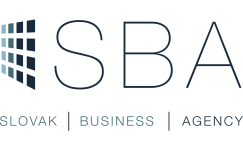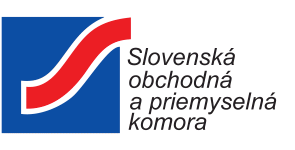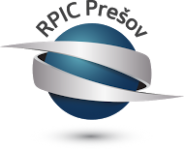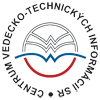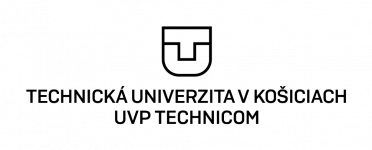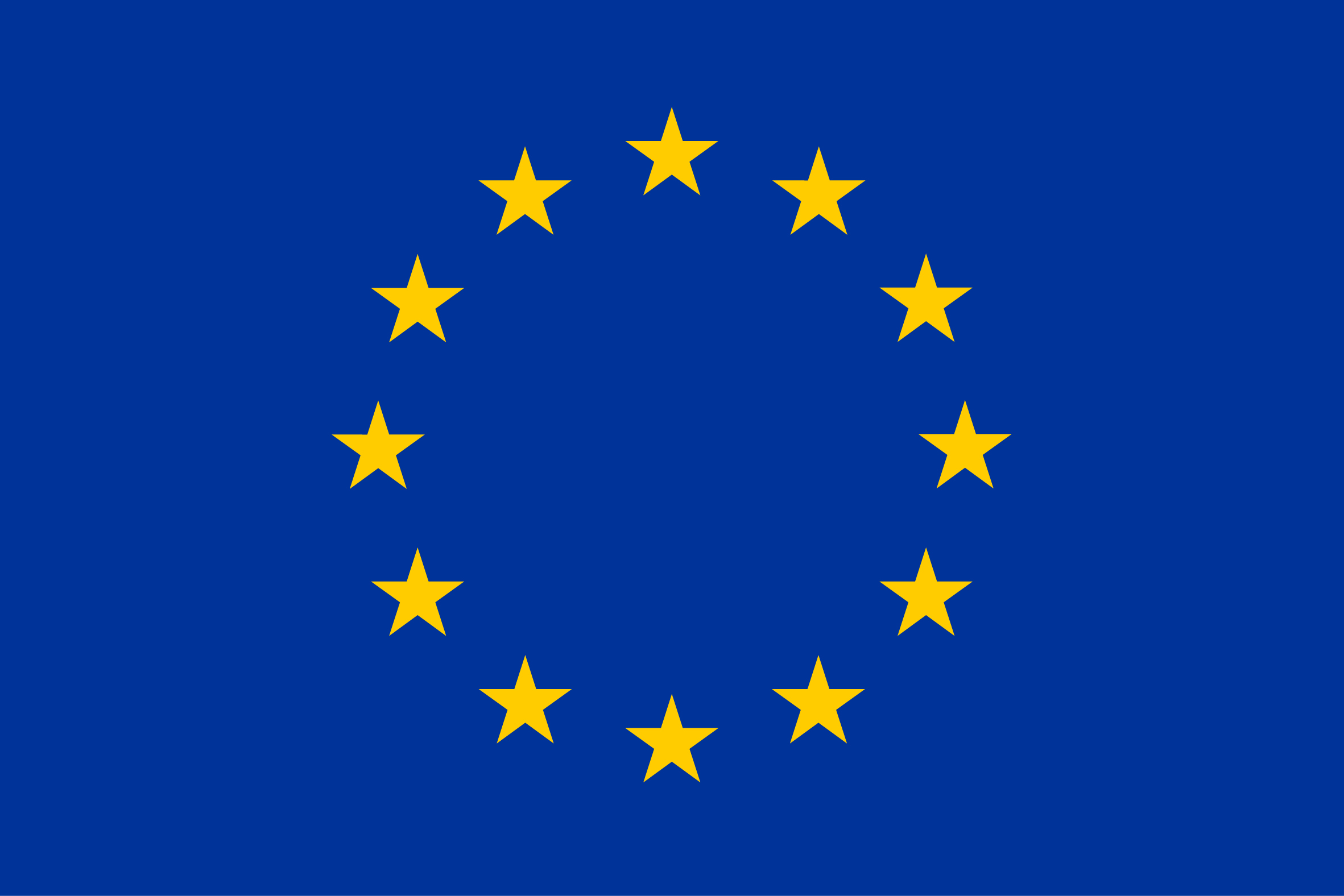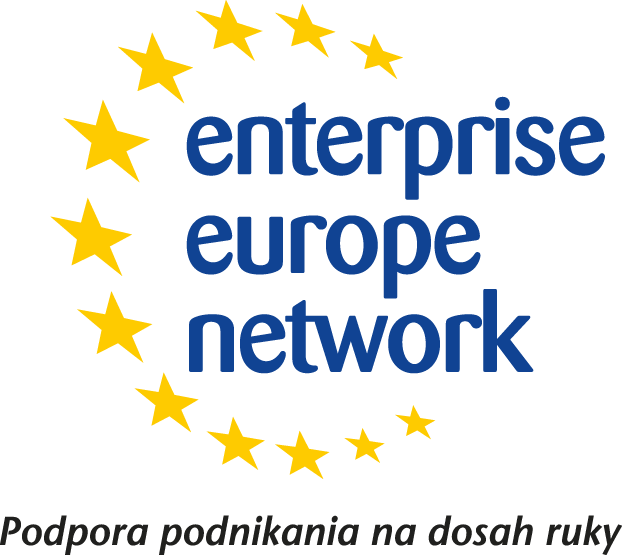Summary:
Italian researchers, specialized in ICT, have developed a technology able to correct or attenuate the perception of visual defects and impairments caused by ocular pathologies, such as degenerative retinal diseases or other visual defects. Currently, a test on the effectiveness of a blurring optical filter was performed. The desired partner should be from industry and able to (co)develop the technology and introduce/launch it on the market, through technical or license cooperation agreements.
Description:
The owners of the technology are Italian researchers from an Institute specialized in activities covering various ICT fields. The application field of the technology regards visual aids for people affected by visual impairments that cause them the perception of visual defects in one or more portions of the field of view. The technology relates to a method and a system for correcting or attenuating the perception of visual defects caused by ocular pathologies, such as degenerative retinal diseases, that gets started when the user looks at in binocular vision a video played on a display device. In particular, the technology allows the user/person watching in binocular vision having a correct vision perception, even when more defects are localized in corresponding retinal points, provided that the disease does not involve a loss of information. The system could include various video stream source devices, such as video cameras, computers, TV tuner, and display devices such for example computer monitor, television, video projector (Fig. 1). The method uses techniques for image processing, eye tracking systems, and stereoscopic or autostereoscopic video systems. The method entails a real-time modification of one or more video frames of a video stream displayed on a display area (Fig. 2). The video stream, which could be referring to any visual content of interest (such as an image or a television broadcast or a live video or a recorded video or a video output of a computer), is modified to compensate said visual defects of each eye. Thus, when a person observes the viewing area, the visual defects perception is eliminated or attenuated (Fig. 3). The technology can be effective also when the pathology cause visual defects in various portions of the visual field and both eyes. Specific embodiments could facilitate people affected by visual impairments such as degenerative retinal diseases, in various daily activities such in reading, writing, manual activities, close-up viewing or remote viewing, self-viewing; it can be used with or without special glasses, according to the particular stereoscopic or autostereoscopic system employed. Some embodiment, for example, could be: 1.visual aids for close up viewing, distance viewing, self-viewing (apparatus connected to a CCTV - Closed Circuit Television - or a magnifier); 2.visual aids for watching television broadcasts (apparatus connected to a television signal receiver); 3.visual aids for computer users (apparatus connected to a computer's video output).
Referring to the expected cooperation, the partner should be an Industry with experience in design and manufacturing of assistive technologies for people affected by low vision (for example, devices such as CCTV and magnifiers) and should work on the technologies for stereoscopic/autostereoscopic video systems, eye tracking systems, image processing, 3D graphics. The researchers will jointly give a technical or R&D support for the design of new types of visual aids based on the technology; they should be user friendly, especially for aged people that are not at ease at using new way (technology, devices, etc.) for watching TV, reading a book or performing other daily activities. The expected final technology jointly realized is a device that can be customized with a natural contribution by the user or just using data retrieved by diagnostic approaches. An embodiment designed to be accepted by the patient. So, it is very important not only to develop the specific technical aspects required by the technology, but also take in consideration the psychological impact that this type of visual aids could have on people/users.The cooperation could also cover these aspects,in addition to the functional,structural and ergonomic issues related to these requirements. The industrial partner should commercialize the technology by a specific license agreements,or collaborate with the research group to further the development of the technology.
Type (e.g. company, R&D institution…), field of industry and Role of Partner Sought:
The sought partner is an Industry partner working on the design/development/manufacturing/commercialization of assistive technologies for visual impairments, stereoscopic and autostereoscopic video systems, eye tracking systems, image processing, 3D graphics.
It is desired a cooperation on technical activities for defining the complete embodiments of specific visual aids based on a Technical and/or a License Agreement for the development and the commercialization of the patented Technology.
A R&D contribution on social aspects of the assistive technology is a not compulsory but appreciated additional asset.
Stage of Development:
Proposal under development
Comments Regarding Stage of Development:
A test on the effectiveness of a blurring optical filter was performed in an elderly patient suffering from a retinal epitheliopathy with deformation and loss of information in the macula of the right eye, causing distortions and loss of information. The test experienced the ability of the patient to read well in binocular vision and do not longer perceiving the dynamic distortion effects that were present without the filter.
IPR Status:
Patent(s) applied for but not yet granted
External code:
TOIT20170824001


